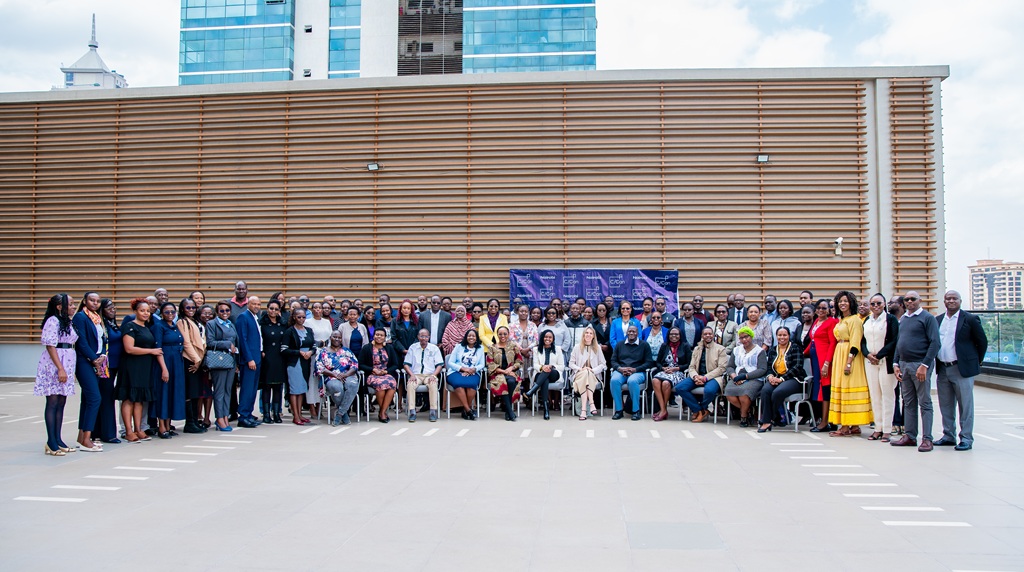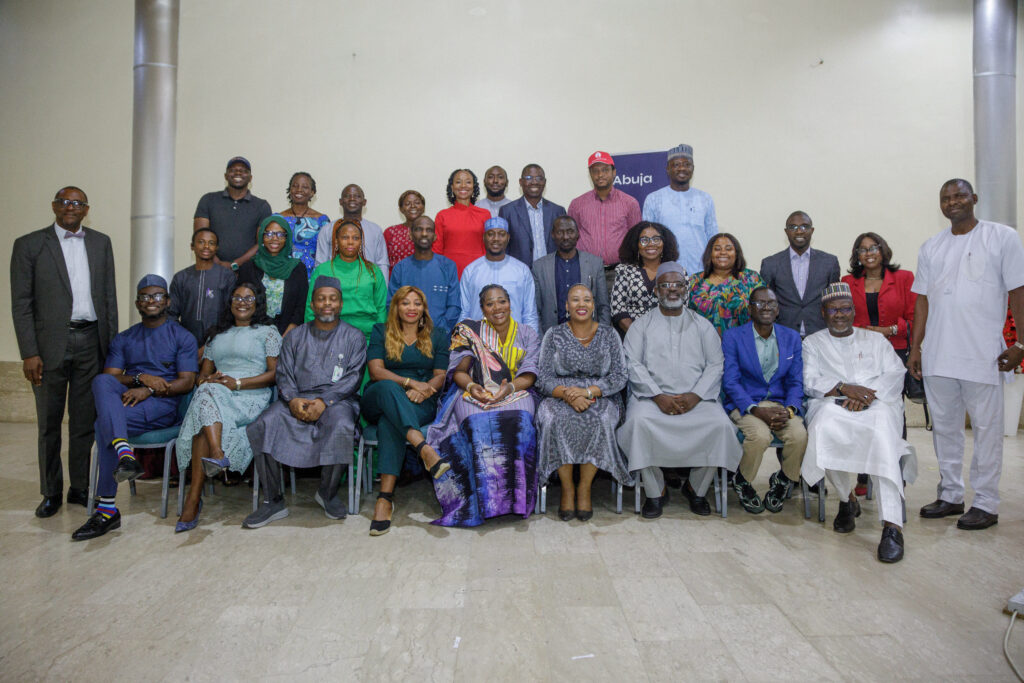
Between June and September 2020, as part of its Digital Health Discovery Forum, City Cancer Challenge (C/Can) brought together practitioners and key opinion leaders from across regions and sectors (government, civil society, healthcare professionals, academia and industry) to map innovative cancer care solutions in digital health, taking into account the barriers and enabling conditions for their uptake, particularly in low- and middle-income countries (LMICs).
Based on the overall themes that emerged during these consultations, below are 10 key lessons that provide practical guidance for anyone interested in digital health and cancer care.
1. Keep the patient front and centre
Digital health solutions can overcome existing barriers for patient access to health education and care and increase choice and transparency, empowering patients in the process. Fostering digital education and the digital health literacy of patients is essential to address disparities along the digital divide and contribute to equity in access to care.
2. Understand the role of regulatory frameworks and policies
The Covid-19 pandemic has accelerated digital solutions by triggering new or updated regulations and legislative frameworks for cancer care. Clear national e-Health strategies or digital health plans can facilitate the uptake of digital health policies at the local level, creating a common understanding and acceptance of digital technologies.
3. Involve the end-user
Patients and other end-users, such as clinicians, healthcare providers and others must be able to understand the benefit of digital solutions. Only a clear value for the user will encourage the use of digital tools, and a shift from existing practices. Engaging with patients and communities directly to ensure their needs are targeted appropriately from the start and adjusted as needed can improve the relevance and sustainability of solutions. Involving end-users early in the development of a digital solution can also avoid the need for additional training or capacity-building.
4. Consider the local context
It is important to take into account the particular needs, infrastructure and connectivity, resources, capacity, literacy level, and socio-cultural context of each city. Sometimes simple solutions are more effective, while sophisticated and complex digital health solutions may not be needed for wide-reaching impact.
5. Leverage multi-stakeholder engagement
Setting up and implementing innovative health solutions is particularly successful when a broad range of key stakeholders and decision-makers from the public and private sectors are part of the process. This means having governments and other key local decision-makers on board, as well as engaging relevant international organisations and institutions, and other non-traditional actors.
6. Exploring local ecosystems for investment and entrepreneurship
Exploring the state of entrepreneurship at the local level and the readiness for digital health innovation on the ground is central. To ensure financial sustainability and scaling of an innovative solution, funding considerations should take place early on by engaging with government stakeholders and other investors.
7. Fostering training and human resources capacity-building
Digital approaches can bring opportunities for the training and education of healthcare professionals for cancer care. Examples of easily implementable or ‘smart’ approaches include training or technical capacity building through multiplier effects such as online training of trainers or pro-bono networks of experts, as well as easy-to-use and free digital solutions that can be used on personal devices.
8. Addressing data governance
Robust health-data governance to ensure the protection, oversight, transparency and accountability of all ICT-related aspects should always be a core objective of digital health solutions, putting patient interests front and centre.
9. Ensure interoperability
The fragmentation of cancer care systems is a frequently cited problem in LMICs. To ensure compatibility and security at the technical level, new solutions should be adaptable to existing software, standards, definitions and systems in order to facilitate faster uptake and limit room for error.
10. Maintain a flexible, evidence-based approach
Adapting to local realities, involving the right stakeholders and maintaining an open and flexible approach, requires robust evidence. A comprehensive landscape assessment, and sharing of effective practices across regions and countries with similar socio-economic, cultural or geographic characteristics will support the customisation and scaling of digital solutions.
Over the last 6 months, we have seen an acceleration of digital health solutions triggered by the global Covid-19 pandemic. Whilst these solutions can contribute to more equitable access to cancer care when patients are at the centre of all efforts, there is still a need to address systemic barriers and take into account differences in local infrastructure, connectivity, socio-economic circumstances and other factors.
As such, only a responsible approach centred on patients can lead to successful innovation in addressing cancer care gaps in cities. That’s why, C/Can will continue to not only collect evidence and share experiences and effective practices between cities and regions to improve the lives of cancer patients, but will also develop a clear roadmap for implementing and scaling the most impactful solutions based on needs identified in C/Can cities.
Are you interested in joining the next phase of the Discovery Forum? Join C/Can to further implement and scale digital solutions for cancer care in cities.





